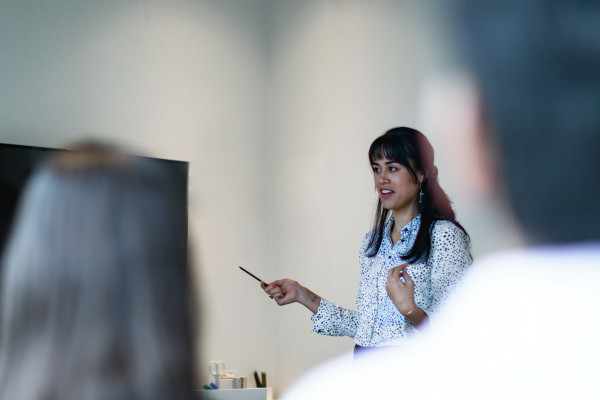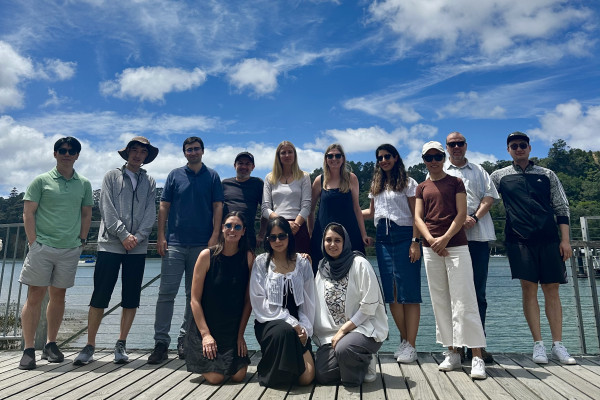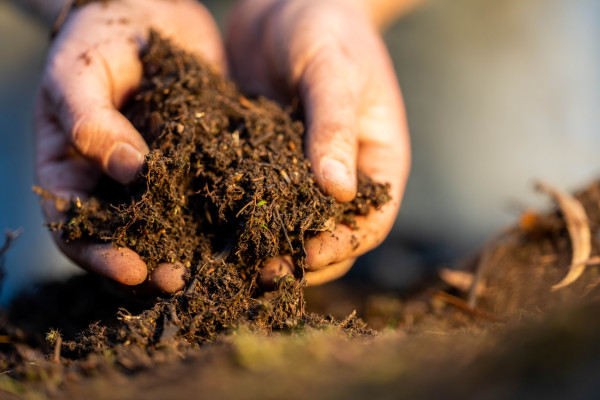Saflex Pumps: Adapting chemical dispensing tech to take on COVID-19. When the pandemic hit, Saflex Pumps turned to Callaghan Innovation to help accelerate R&D and hurry new cleaning and sanitation technology to market.
At a glance
- Saflex Pumps had already developed chemical dispensing equipment for the dairy industry. But when COVID-19 hit they knew they could adapt their product to kill the virus.
- Having already worked with Callaghan Innovation, Saflex Pumps turned to us to help accelerate the R&D process and get to market quickly.
- The outcome was the development of Frogga, a fogging machine, costing a fraction of the existing machines on the market, with equal sanitising effectiveness.
“Callaghan Innovation’s support has been fantastic because it allowed us to bring in more resource and undertake a lot of experimentation concurrently. If we hadn’t had access to the R&D Loan we wouldn't have been able to do it, particularly in that short timeframe.”
Mark Bell-Booth, Co-founder & CEO, Saflex Pumps
Taking on the challenge of COVID-19
‘Touch a button, not a chemical’ - that’s the motto Palmerston North-based Saflex Pumps lives by, and the motto that has led to the design and development of industry-leading chemical dispensing equipment.
Specifically, Saflex Pumps has developed intellectual property and technology that enables the dilution of liquid chemicals to high levels of accuracy, then the ability to mix and dispense them, eliminating the potential for human error.
But it was the early days of 2020, when co-founder Mark Bell-Booth was at home reading the first news reports of a mysterious virus emerging among visitors to a food market in Wuhan, China. In the background, an automatic aerosol dispenser – a feature in many Kiwi households to keep flies at bay – puffed away, and he had an idea. He thought a machine that created and dispersed a fine fog of sanitiser could work.
Supporting the race against time
Saflex Pumps has a history with Callaghan Innovation, Mark and his wife Sue engaging with us back in 2016 to help further develop their technology.
Engaging with us through the Māori Economy Team (Bell-Booth is of Rangitāne descent), Callaghan Innovation support has included capability-building programmes like the Founder & Startup Support Programme, and the business tapping into our networks to help it connect with offshore commercial and research partners.

Saflex Pumps co-founders Mark and Sue Bell-Booth
However, fast forward to 2020, and as Bell-Booth explains, “When COVID-19 began to emerge, we went to Callaghan Innovation and said ‘we think we can take this technology further’”.
The entrepreneurs did have a few challenges on their hands however, in adapting their existing technology. One was around achieving higher levels of dilution required for the sanitisers to kill COVID-19, the other to extend the functionality of the equipment to create and disperse the sanitisers in extremely fine particles.
With Callaghan Innovation’s help, Saflex Pump’s development process was sped up, crucial for capitalising on the fast-moving efforts to combat the virus threat.
“The development has been seriously fast,” says Tanya Wilson, who works alongside Safex Pumps as a Business and Relationship Manager in Callaghan Innovation’s Māori Economy Team. “It received the R&D Loan mid-year and soft-launched the product in November; that support enabled the business to purchase the expertise required to help develop this technology at speed.”
I’ve been involved with a lot of product development, but nothing before with this level of complexity and pace. Callaghan Innovation’s support has been fantastic because it allowed us to bring in more resource and undertake a lot of experimentation concurrently. If we hadn’t had access to the R&D Loan we wouldn't have been able to do it, particularly in that short timeframe,
- says Bell-Booth.
Introducing the Frogga
Saflex Pump’s revealed their new technology, the Frogga, to the public at a trade show in Auckland in November 2020, allowing time for further market validation before the product’s planned launch in March 2021. As Wilson says, the aim is to create global impact with the technology.
Overcoming those initial challenges, the Frogga uses compressed air to produce particles under 10 microns in size, with the bulk between 3 and 5 microns – verified by research undertaken at a New Zealand university, facilitated through Callaghan Innovation. This is in comparison to the majority of incumbent fogging technology which disperses sanitising chemicals in particles of around 20 microns in size, says Bell-Booth. Overall, the Frogga creates a drier fog, with particles able to travel in a room’s air currents and achieve greater sanitiser coverage.
Deploying a well-known technology like compressed air and Saflex Pump’s existing IP in the development of the Frogga has also allowed the business to keep the cost of the product relatively low. A Frogga setup will cost around $8,000, compared with many hundreds of thousands of dollars for some currently available fogging machines.

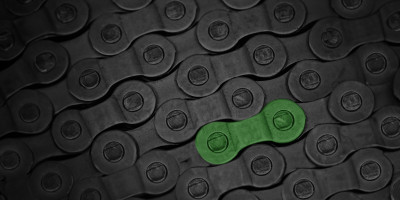





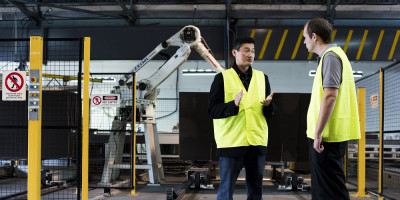
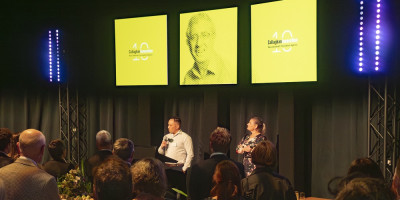








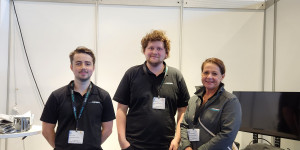
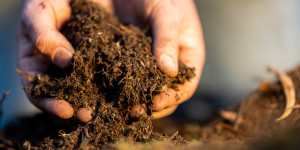


![[CROP] Frogger](/assets/images/CROP-Frogger__FocusFillWyIwLjAwIiwiMC4wMCIsMTkyMCw5NjBd.jpg)

